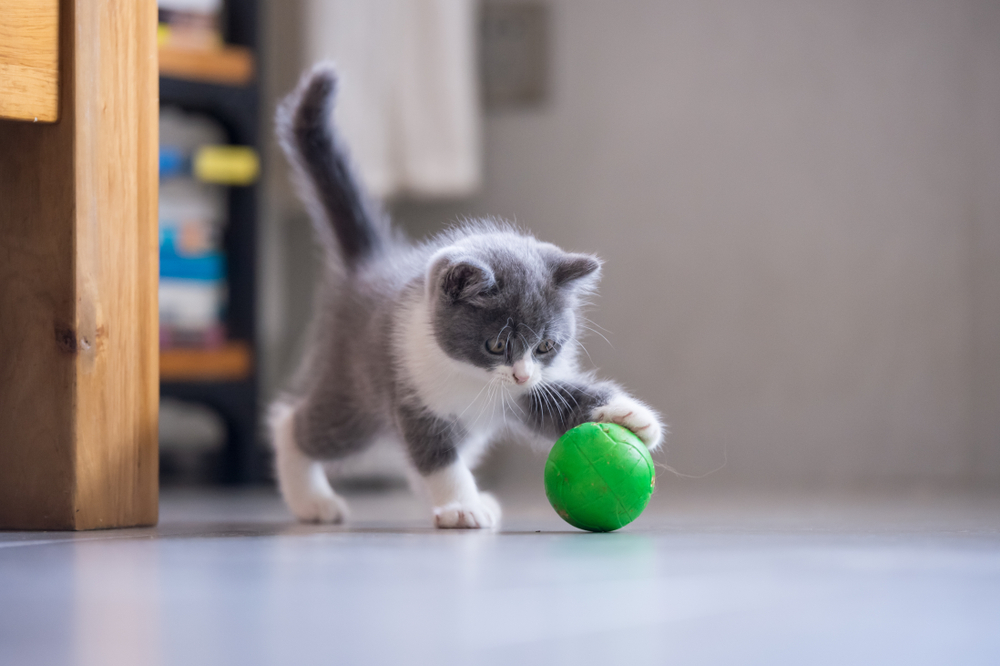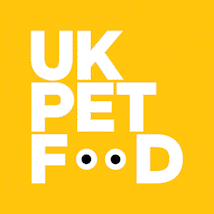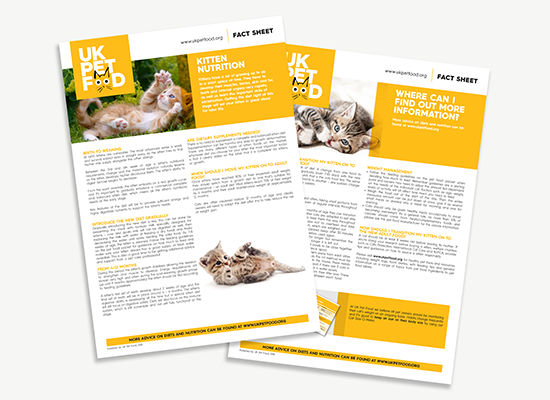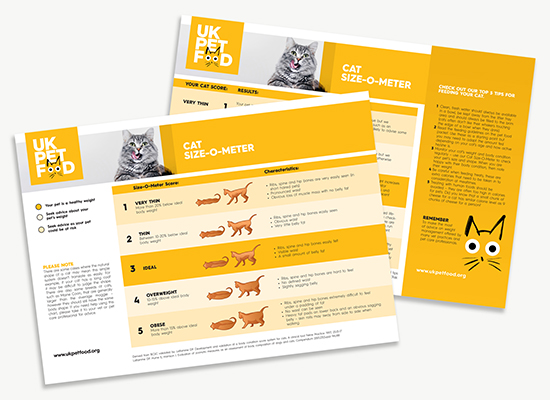Kitten nutrition
Kittens have a lot of growing up to do in a relatively short space of time.
They have to develop their muscles, bones, skin and fur, teeth and internal organs very rapidly, as well as learn the important skills of socialisation.
Nutritional needs of kittens
Birth to weaning
At birth kittens are vulnerable. The most advanced sense is smell, and survival instinct kicks in straight away as the kitten tries to find his/her milk supply alongside the other siblings. Between the 3rd and 4th week of age a kitten’s nutritional requirements change and the maternal lactation naturally lessens as the kitten develops his/her deciduous teeth. The kitten’s ability to digest lactose begins to decrease.
From this point onwards, the kitten embarks on a real growth curve and it’s important to gradually introduce a commercial complete and balanced kitten diet, which meets all the kitten’s nutritional needs at this early stage. Key features of the diet will be to provide sufficient energy and highly digestible nutrients to support the kitten’s needs.
Introducing the new diet gradually
Gradually introducing the new diet is key. This can be done by presenting the meal with formula milk specially designed for kittens – cow and goat milk will not be digested as well, then replacing the milk with water (if feeding a dry food) and finally decreasing the water until solely feeding the solid food.
By 7-8 weeks of age, the kitten is weaned.
Follow the feeding guidelines on the pet food packet for guidance on how much to feed and make sure your kitten always has a good supply of fresh water available. This is also a good time to be getting additional advice and support from a pet care professional.

Age 4-12 months
During this period the kitten’s growth stabilises allowing the skeleton to strengthen and muscle to develop. Energy requirements still remain very high and often during this post-weaning growth phase (up until 9 months approximately) the kitten should be fed according to feeding guidelines.
A kitten’s first set of teeth develop about 2 weeks of age and the final set of teeth will be in place around 4 – 6 months. The kitten’s digestive ability is developing all the time but a special kitten diet will still focus on digestive safety. Diets will also focus on the immune system, which is still vulnerable and not yet fully functional at this stage.
Feeding guidelines for kittens
- Kittens need to be fed little and often, taking small portions from their daily food ration to be given at regular intervals throughout the day.
- By the time the kitten reaches 6 months of age they can transition on to 2 meals a day, but remember cats are adapted to eat little and often and you may prefer to feed them this way throughout their adult years. Always take care not to overfeed and take portions from the daily food ration, which are weighed out.
- Any left over wet food should be cleared away after 30 minutes. The dish should then be washed before used again.
- Dry food can be left in the dish for longer but remember the food will become less palatable the longer it is left out.
- Cats do not like their water and food bowls to be close together so these should be kept a good distance apart.
- If you have more than one cat, feed them away from each other.
- For the number of food and water bowls the n+1 method must be used. For example, if there are 2 cats in the house, there needs to be 3 food bowls and 3 water bowls and if there are 3 cats in the house, they’ll need 4 food bowls and 4 water bowls.
- Keep the food and water bowls away from their litter box. There should be minimum half a meter space between each food.
Do kittens need supplements?

Supplementation can be harmful and lead to growth abnormalities, so it is best to consult your vet for guidance.
There are many different types of kitten foods on the market, whichever diet you choose for your kitten the most important factor is that it clearly states on the label that it is ‘complete’ for kittens or growth.
Kitten Weight Management
Follow the feeding guidelines on the pet food packet when deciding how much to feed. Remember guidelines are a starting point. You may need to adjust the amount fed dependent on the needs of the individual cat. Factors such as age, weight and levels of activity will all affect how much you need to feed your kitten.
Weigh the food out at the start of the day. Then the entire measured amount can be put down at once, give it as several small meals or divided into a meal for morning and one for evening.
Cats should only be given healthy treats occasionally to avoid becoming overweight. As a general rule, no more than 10% of calories should come from treats/complementary foods and please ask the pet food manufacturer for the calorie information.
It’s useful to monitor your cat's weight on an ongoing basis as their habits change frequently.


